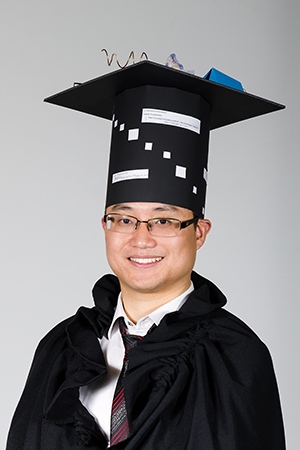Zhicong Yu
C-arm Computed Tomography with Extended Axial Field-of-View
Abstract
C-arm computed tomography (CT) is an innovative imaging technique in the interventional room that enables a C-arm system to generate 3D images like a CT system. Clinical re- ports demonstrate that this technique can help reduce treatment-related complications and may improve interventional efficacy and safety. However, currently, C-arm CT is only capable of imaging axially-short object, because it employs a single circular data acqui- sition geometry. This shortcoming can be a problem in some intraoperative cases when imaging a long object, e.g., the entire spine, is crucial. A new technique, C-arm CT for axially-long objects, namely extended-volume C-arm CT, has to be developed. This thesis aims at achieving this development. In particular, this thesis designs and analyzes data acquisition geometries as well as develops and implements reconstruction algorithms for extended-volume C-arm CT. The thesis consists of three parts. In the first part, we studied three data acquisition geometries and invented two thereof. For these geometries, we investigated their feasi- bility on a C-arm system and analyzed their possibility for efficient, theoretically-exact and -stable (TES) reconstruction algorithms. We observed that the reverse helical trajec- tory is a good start for real data test and the novel ellipse-line-ellipse trajectory is a good candidate for efficient TES image reconstruction. In the second part, we developed and im- plemented geometry-specific reconstruction algorithms. For the reverse helix, we designed three Feldkamp-Davis-Kress (FDK)-type reconstruction methods. Among the three meth- ods, the Fusion-RFDK and Fusion-HFDK methods are preferred as they are more practical and produce acceptable images for extended-volume C-arm CT. For the ellipse-line-ellipse trajectory, we established an efficient TES reconstruction scheme, which makes proficient use of the geometry of this trajectory. In the third part, we conducted the first experiment for extended-volume C-arm CT on a laboratorial Artis zeego system. In this experiment, cone-beam data were reliably acquired using the reverse helical trajectory and 3D images were successfully reconstructed by the Fusion-RFDK method. The consistency among the- oretical understanding, simulation results and achieved image quality from a real system strongly demonstrate feasibility of extended-volume C-arm CT in the interventional room.
